The realm of advanced driver-assist systems (ADAS) has witnessed a surge in innovations from various manufacturers, each with their unique nomenclature to signify the sophistication of their technology. At the forefront stands Tesla, with its “Full Self-Driving” (FSD) capability, a moniker that boldly asserts its potential to fully automate the driving experience. This ambitious technology promises to alleviate the need for human intervention behind the wheel, heralding a new era in automotive autonomy.
Elon Musk, the visionary behind Tesla, has recently stoked the flames of anticipation by announcing that FSD will hit the roads in China by the end of this year. Moreover, he has hinted that Chinese automakers too will embrace this technology, signaling a potential paradigm shift in the country’s automotive landscape.
Earlier this year, Tesla rolled out the highly anticipated FSD Beta V12 to select US customers, showcasing a level of autonomy that can navigate entire journeys with a driving style reminiscent of a seasoned motorist. This aggressive yet refined approach underscores Tesla’s relentless pursuit of true autonomous driving.
Despite the lack of an official launch in China as of this writing, Musk has assured investors and enthusiasts alike that Tesla is actively seeking regulatory approval to bring FSD to the Chinese market. With numerous policy barriers already addressed, the introduction of FSD in China appears imminent, positioning Tesla as the first foreign automaker to achieve this milestone.
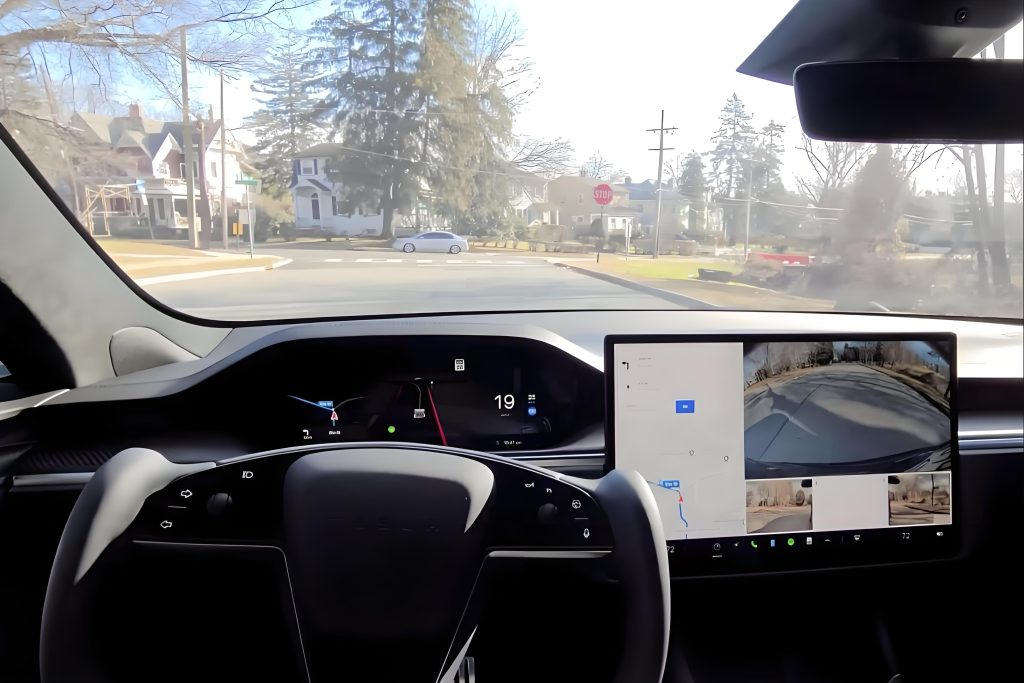
China’s domestic automotive sector, meanwhile, boasts its own formidable players in the realm of autonomous driving. Companies like Xpeng and Huawei lead the charge, while others such as NIO, Li Auto, and even Xiaomi are relentlessly upgrading their ADAS offerings. The impending arrival of Tesla’s FSD, however, poses a formidable challenge to these, intensifying competition within the burgeoning Chinese new energy vehicle (NEV) market.
Musk’s ambition extends beyond equipping Tesla vehicles with FSD. He has expressed interest in licensing the technology to other Chinese automakers, offering a ready-to-deploy solution for those struggling to keep pace with the rapid advancements in autonomous driving. This strategy aligns with the needs of established automakers seeking to catch up quickly, as evidenced by some already partnering with Huawei for similar solutions.
Take the recently unveiled SL03 from Deepal, which adopts Huawei’s HiCar technology, as a prime example of how automakers can leverage external expertise to accelerate their autonomous driving capabilities. For manufacturers lagging behind in ADAS development, purchasing such turnkey solutions is a financially prudent move, given the immense upfront investments and data requirements that autonomous driving entails.
Financially, Tesla continues to demonstrate remarkable resilience. According to its latest financial reports, the average selling price of Tesla vehicles stood at 42,000,withagrossprofitmarginof5,800 per vehicle. This translates to approximately RMB 300,000 per car and a gross profit of RMB 42,000, underscoring the company’s strong financial footing and ability to invest heavily in cutting-edge technologies like FSD.
In the fiercely competitive Chinese NEV market, Tesla’s Model Y has remained an unassailable champion, underscoring the brand’s enduring appeal among Chinese consumers. As FSD inches closer to reality in China, it remains to be seen how many Tesla models will be compatible with this advanced feature, given that it necessitates specific hardware support. Customers opting for FSD will face an additional cost of RMB 64,000, while those opting for the Enhanced Autopilot feature will need to shell out RMB 32,000.
In conclusion, the impending arrival of Tesla’s FSD in China promises to shake up the local automotive industry, spurring innovation and competition among domestic and international players alike. As the race towards full autonomy accelerates, consumers stand to benefit from safer, more convenient driving experiences, driven by the relentless pursuit of technological excellence.



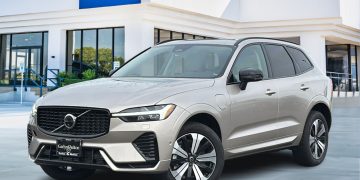


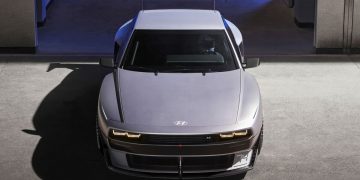

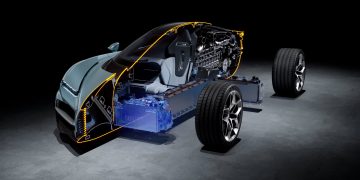
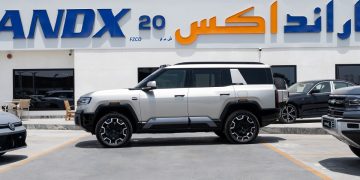

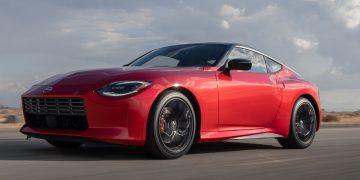

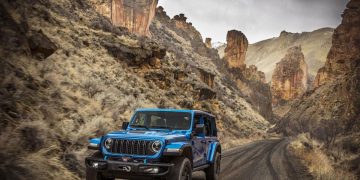


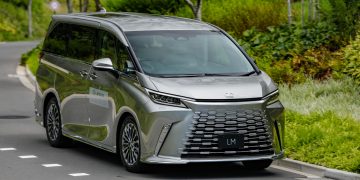


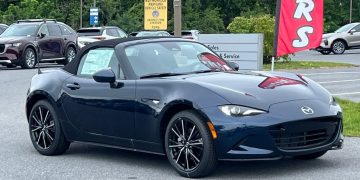
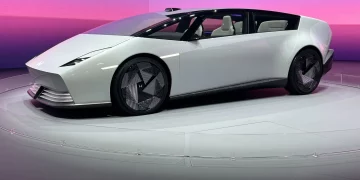













Discussion about this post